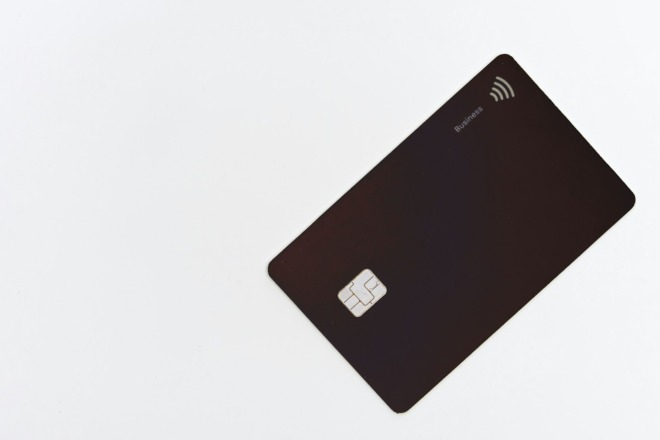When your work depends on how consistently creative you can be, the pressure to keep those new and exciting ideas flowing can be too much.
Side projects offer more than just a way to wind down at the end of the day. They’re essential in keeping you sane and help break the repetitive nature of the creative process. Plus there are many psychological benefits as well.
Case Studies in Side Project Psychology
Dr. Kevin Eschleman, a psychology professor at San Francisco State, conducted a study to quantify the effects of creative side projects on more than 400 employees. According to the two sets of survey results – one self-rated and the other rated by co-workers – those who maintained outside interests scored higher with regard to job performance and job satisfaction.
Additionally, the Eschleman study points out the causal link between creativity and recovery. This is reflected in Google’s approach toward fostering a positive work-life balance.
The egalitarian company that brought the world Gmail and AdSense allows workers to spend 20 percent of their time developing passion projects. As a result, Google has been able to cultivate a culture of success.
Getting Your Mind Over Matter
What exactly is a side project, and what does this designation imply? Believe it or not, there is an agreed upon distinction between what is and what isn’t a side project. In fact, it has a lot to do with a person’s mindset going in.
LifeHacker said it best when it declared:
- Side projects typically lead to final outcomes, products or outputs
- Creative hobbies are long-term interests without clearly defined end dates
For example, an artist who creates a different work in a different medium each week is engaging in a side project. That said, neither offers something the other can’t and the benefits are more or less identical.
Sizing up That Perfect Opportunity
The Internet has opened up many more possibilities for those seeking to try their hand at something new. You never know, with a little luck it could feed into a full-time career.
If you’ve had the urge to go into business for yourself but weren’t sure where to start, this may be just what the doctor ordered. Thousands of businesses across the globe have come from the seed that is a side project.
This is a great chance for you to move on to bigger and better things – and best of all, begin designing the things you love for likeminded people. If you’re worried that you might not succeed, don’t. After all, no experiment ever failed.
Tips to See You Through
Even if what you decide to do isn’t business-related, you’re going to face a unique set of challenges. Fear not; because these obstacles are made to be overcome.
Now that we’ve spoken at length about the benefits and possibilities, let’s talk about some of the pitfalls you may need to be aware of.
These may include but are not limited to:
- Judging your project before it’s created. Many people who get halfway through something look for or imagine faults in what they’ve already accomplished. There’s a time for both, but they should be always be addressed individually.
- Taking on too much at one time. Contrary to popular belief, multitasking doesn’t make you get more done. It makes you less productive and more likely to make mistakes. So when you sit down to work, make sure you direct your attention to where it’s needed most.
- Forcing yourself to make the commitment. Your side project should never feel like a chore or a burden. Approach things as if they were an exercise in stress relief and come back to it with a fresh perspective.
- Expecting too much from yourself. There’s nothing to say how seriously you need to or needn’t take your creative side project. In fact, moving on to the next level when you’re mentally ready is smart and highly recommended.
Provided you can avoid falling victim to these road bumps, you will find things much easier to manage. Just make sure you can make the time for your side project and fit it into your busy schedule.
Taking the leap may seem like a daunting prospect at first. However, no one who’s ever made the jump has looked back with regret. So why not make a start today and create a list of what you’d like to do?
About The Author
Eleanor Hecks is the Editor-in-Chief of Designerly Magazine, an online publication dedicated to providing in-depth content from the design and marketing industries. When she's not designing or writing code, you can find her exploring the outdoors with her husband and dog in their RV, burning calories at a local Zumba class, or curled up with a good book with her cats Gem and Cali.
You can find more of Eleanor's work at www.eleanorhecks.com.



